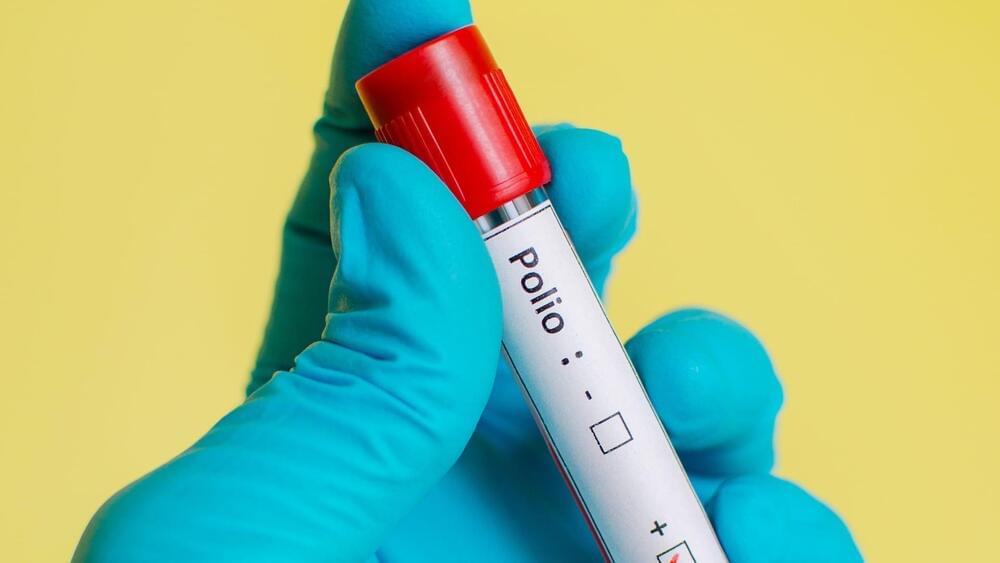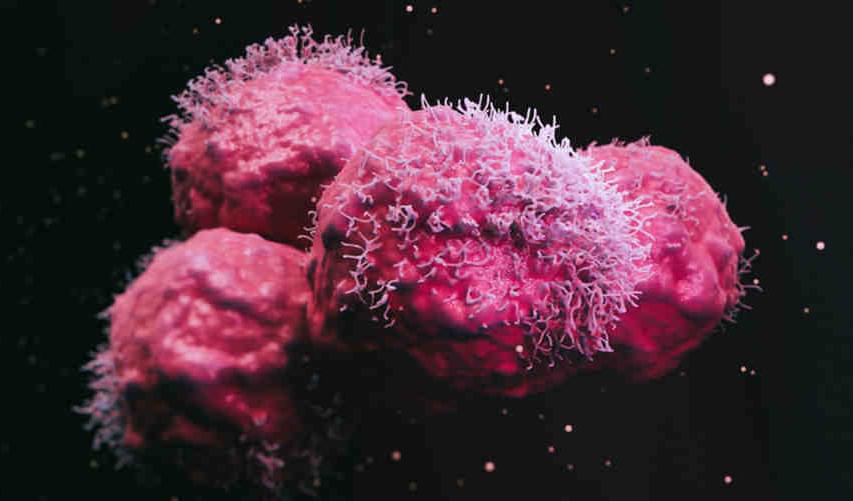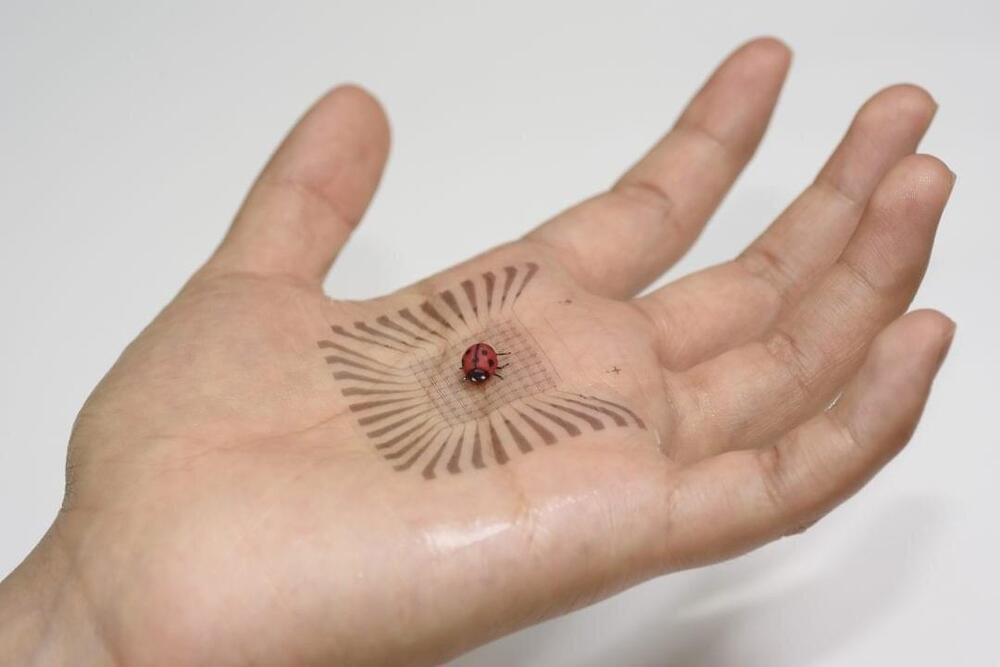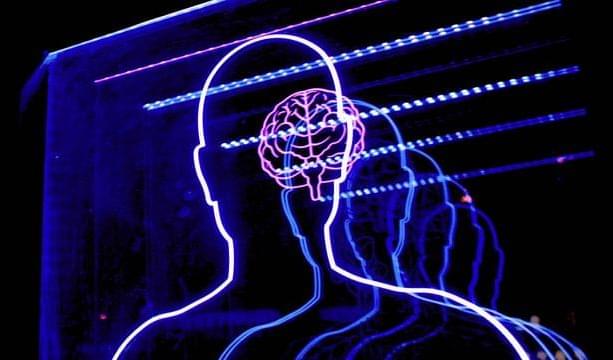Sumner Norman, chief neuroscientist at AE Studio, talks to Tami Freeman about the company’s work in brain–computer interfaces.


Healthspan-Centric Medicine For A “Real World” Setting — Dr. Brad Stanfield, MD, Extend Healthspan
Dr. Brad Stanfield, MD (https://drstanfield.com/) is a general medical practitioner from Aukland, New Zealand, as well as the host of the rapidly growing Extend Healthspan channel (https://www.youtube.com/channel/UCpcvPcHJVOkO9Qp79BOagTg) on YouTube.
Dr. Stanfield graduated in 2015 from the University of Auckland, New Zealand with his MD, worked in hospital medicine for several years, including a role as an orthopedic registrar, before moving into general community practice focusing on healthspan-centric medicine.

Some New Yorkers who completed their vaccine series should receive a single lifetime booster shot, health officials said. These individuals include people who might have contact with someone infected or thought to be infected with poliovirus or members of the infected person’s household.
Health care workers should also get a booster if they work in areas where poliovirus has been detected and they might handle specimens or treat patients who may have polio. People who might be exposed to wastewater due to their job should also consider getting a booster, health officials said.
All children should receive four doses of the polio vaccine. The first dose is administered between 6 weeks and 2 months of age, the second dose is given at 4 months, the third at 6 months to 18 months, and the fourth dose at 4 to 6 years old.


Were you unable to attend Transform 2022? Check out all of the summit sessions in our on-demand library now! Watch here.
Artificial intelligence (AI) has been steadily influencing business processes, automating repetitive and mundane tasks even for complex industries like construction and medicine.
While AI applications often work beneath the surface, AI-based content generators are front and center as businesses try to keep up with the increased demand for original content. However, creating content takes time, and producing high-quality material regularly can be difficult. For that reason, AI continues to find its way into creative business processes like content marketing to alleviate such problems.
Vocal biomarkers have become a buzzword during the pandemic, but what does it mean and how could it contribute to diagnostics?
What if a disease could be identified over a phone call?
Vocal biomarkers have amazing potential in reforming diagnostics. As certain diseases, like those affecting the heart, lungs, vocal folds or the brain can alter a person’s voice, artificial intelligence (A.I.)-based voice analyses provide new horizons in medicine.
Using biomarkers for diagnosis and remote monitoring can also be used for COVID-screening. So is it possible to diagnose illnesses from the sound of your voice?
Vocal biomarkers give us new opportunities in prevention also.
Let’s have a look at where this technology stands today.

Skin-like electronics could seamlessly integrate with the body for applications in health monitoring, medication therapy, implantable medical devices, and biological studies.
With the help of the Polsky Center for Entrepreneurship and Innovation, Sihong Wang, an assistant professor of molecular engineering at the University of Chicago’s Pritzker School of Molecular Engineering, has secured patents for the building blocks of these novel devices.
Drawing on innovation in the fields of semiconductor physics, solid mechanics, and energy sciences, this work includes the creation of stretchable polymer semiconductors and transistor arrays, which provide exceptional electrical performance, high semiconducting properties, and mechanical stretchability. Additionally, Wang has developed triboelectric nanogenerators as a new technology for harvesting energy from a user’s motion—and designed the associated energy storage process.

Due to their self-assembly function, DNA sensors have gained much attention as next-generation sensors that require an extremely low power supply.
Study: Spin transport properties in DNA & electrically doped iron QD organo-metallic junction. Image Credit: marie_mi/Shutterstock.com.
Scientists have recently used iron (Fe) quantum dots (QD) electrodes to determine the spin transport properties and quantum scattering transmission characteristics of DNA sensors at room temperature. This study is available in Materials Today: Proceedings.
Explaining the potential of nanotubes further, one of the lead researchers and associate professor at Johns Hopkins University (JHU), Rebecca Schulman told IE, “Tinier plumbing might help us analyze individual molecules, which could help us make better drugs or enzymes, separate toxins, or even create better batteries by designing the conduits that ions flow through rather than using a porous material.”
She believes that although these technologies are still 10+ years away, their foundation is in things like nano-plumbing and being able to precisely measure and control the pipes the plumbing is made of.
Nanotubes are a highly evolved version of nanopores, small DNA structures proposed in some previously published studies. A nanopore is designed to serve as a conduit across a thin barrier between two chambers. Examples of such barriers are cell membranes (nanopores allow things to move in and out of a cell) and across metal or graphene sheets (like in nanopore-enabled DNA sequencing).

A new study has identified an association between receiving an influenza vaccine and a reduced risk of stroke. The research is published in the journal Neurology.
Risk factors for stroke
A stroke occurs when the blood supply to the brain is cut off, causing damage to neuronal cells that in turn affects physiological functions in the body. There are different types of strokes that can occur: ischemic – where a blockage prevents blood from reaching the brain, hemorrhagic – caused by a bleed in or around the brain and transient ischemic attacks (TIA) which are strokes that last for a short amount of time. It’s estimated that one in four people aged 25 and over will be afflicted by a stroke in their lifetime.